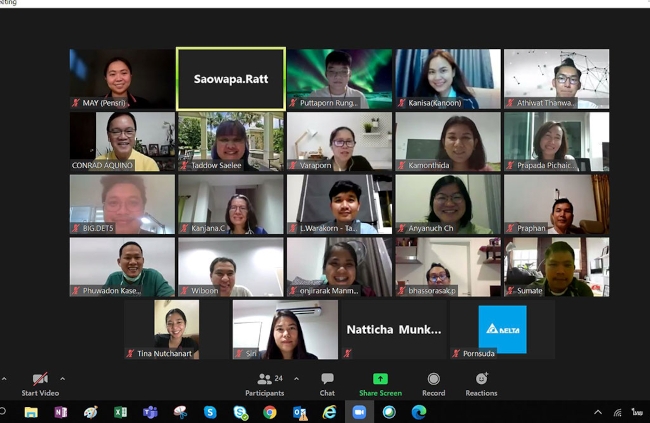Making a Perfect Cup of Coffee at Home or the Office☕
By Peter Hsieh - Published July 15, 2021
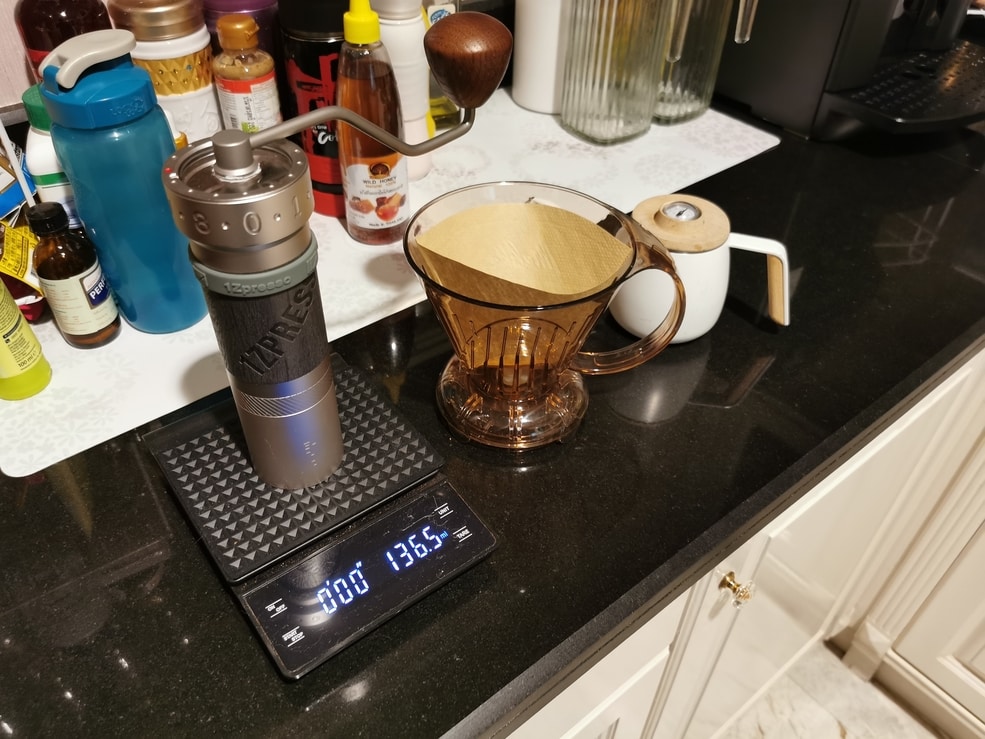 By Peter Hsieh, Delta Thailand
By Peter Hsieh, Delta Thailand
If you’re a coffee lover like me, the first thing to do when waking up every morning is make that perfect cup of coffee. That first sip is wonderful, blissful and full of too many feelings to describe. It certainly gives you that kick to get right out of sleep mode and into the “eyes opened and wide awake” mode.
When we talk about drinking coffee, we always assume it’s just about brewing coffee, but let’s not forget there is actually a lot more to the art than just making that cup of coffee.
Let’s breakdown this process into four steps which sounds rather simple but are actually super complex:
Step 1: Source your beans

Where is the coffee tree that your beans originated from? Which part of the world? What type of bean is it?
There are two main types of coffee beans: 1. Arabica and 2. Robusta. Coffee from different parts of the world has its own unique taste.
Step 2: Know the process of your beans
How is the coffee bean processed? There are three main types of processes: natural/dry, wet/washed, honey, and also many new types (with different fermentation styles) that people are trying now.
Step 3: Roast your beans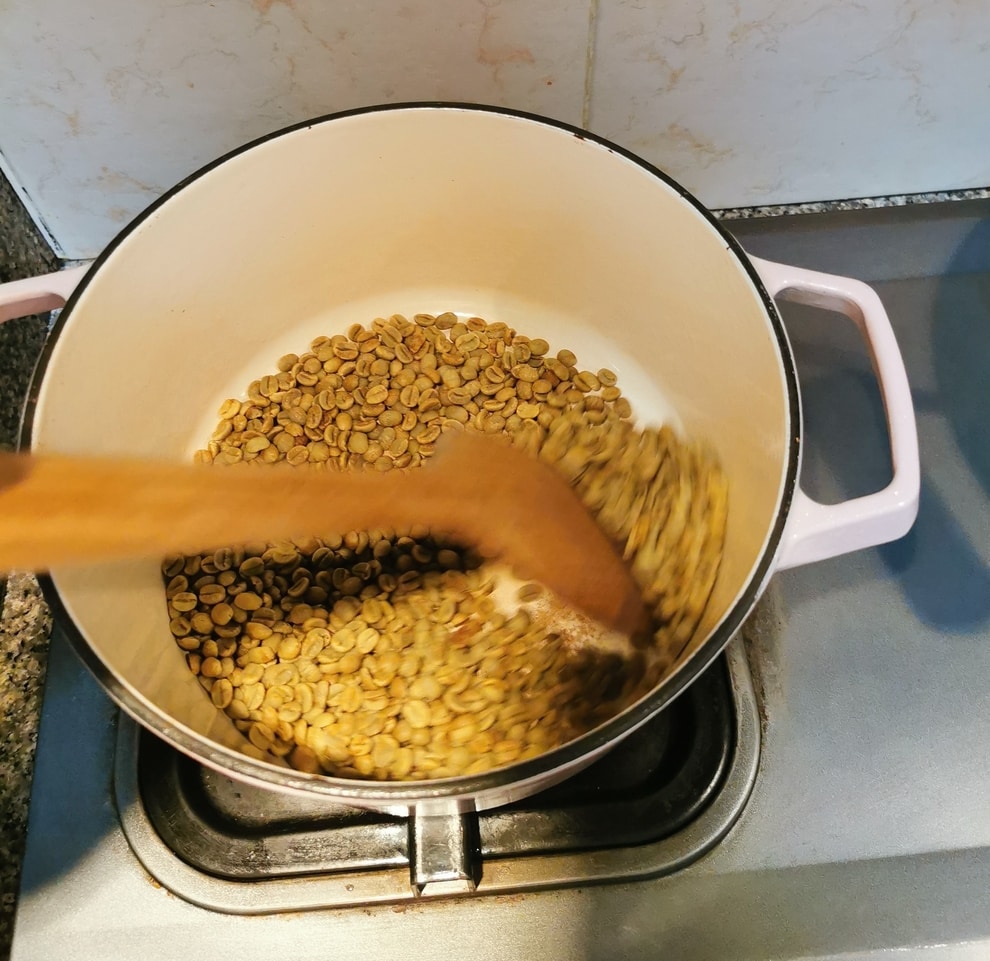 What type of roast is it? It should fall within these three categories: 1. Light 2. Medium 3. Dark.
What type of roast is it? It should fall within these three categories: 1. Light 2. Medium 3. Dark.
Step 4: Brew your coffee
Which method of brewing do you use to make that cup of coffee? What is the coffee grind size? What is the water temperature you used to brew the coffee? How long did you brew it?
There’s tons of knowledge packed within just that single cup of coffee that many people never really understand or bother to understand.
Some people just want that bitter caffeine kick to wake up, some want that extra sweetness (extra sugars), some want to enjoy that smooth cup of coffee.
Find your own unique cup of Joe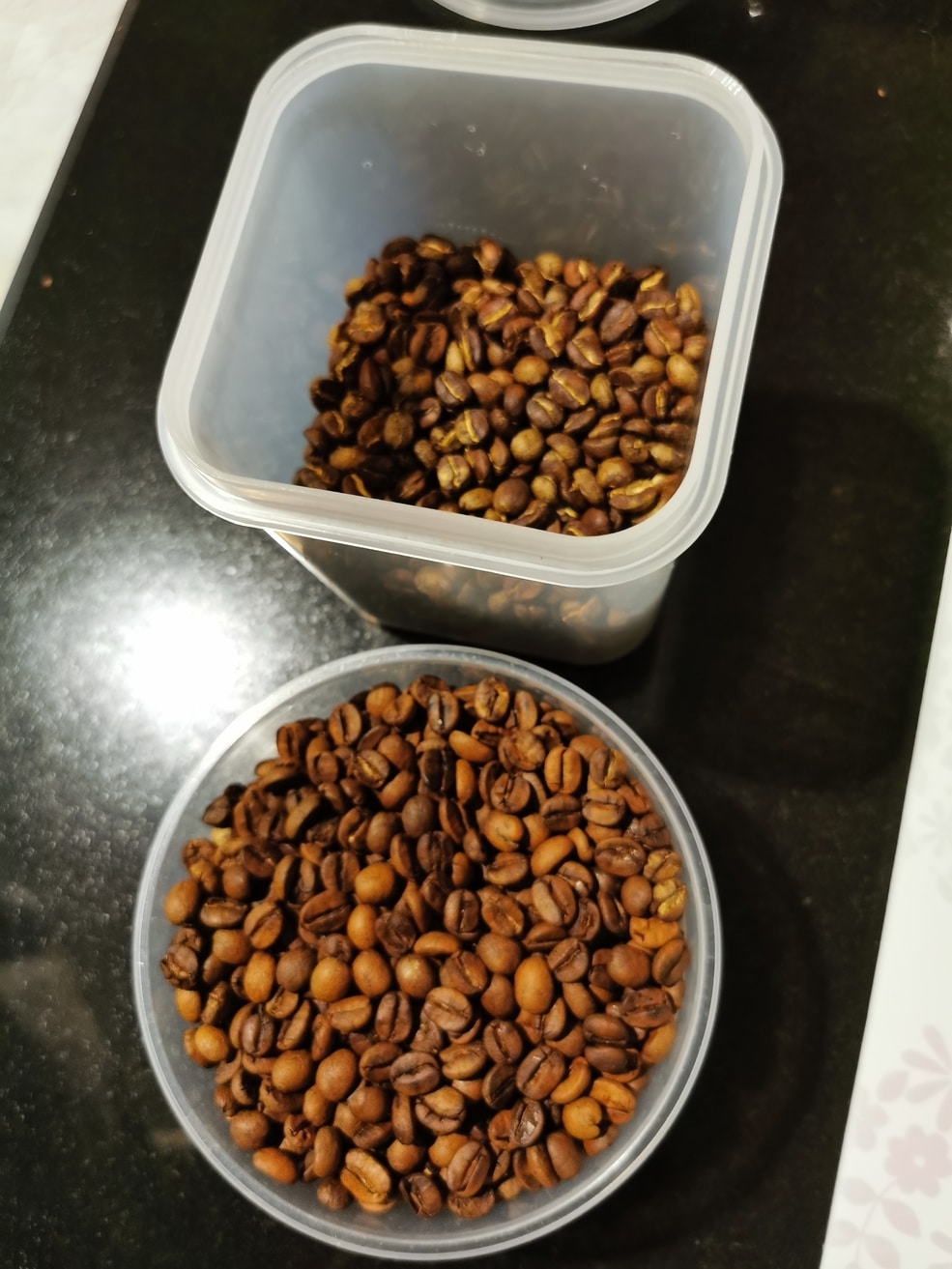 It all comes down to personal preference because not everyone enjoys the same cup of Joe!
It all comes down to personal preference because not everyone enjoys the same cup of Joe!
Personally, I like to use to lightly roasted beans, because I enjoy the acidic/sourness and fruitiness that naturally comes out from the coffee beans.
Your coffee bean source is very important! I was lucky to get a green coffee bean source from Chiangrai recommended by a friend.
From green bean to roast
Once I get the green coffee beans, I will take what I need for one roasting batch (I normally roast about 150-200g per time). I then roast the beans with my cast iron pot, bringing them to around 202 degrees Celsius before cooling them off. I store them in a box for 2-3 days (to let them release some CO2) before they are ready to be used.
To make each cup of coffee I use a hand grinder (I avoid cheap ones for better consistency) to grind my roasted coffee beans. I can adjust the grind size to my own liking and grind it just before I make the coffee to keep its full flavors.
Brewing the perfect cup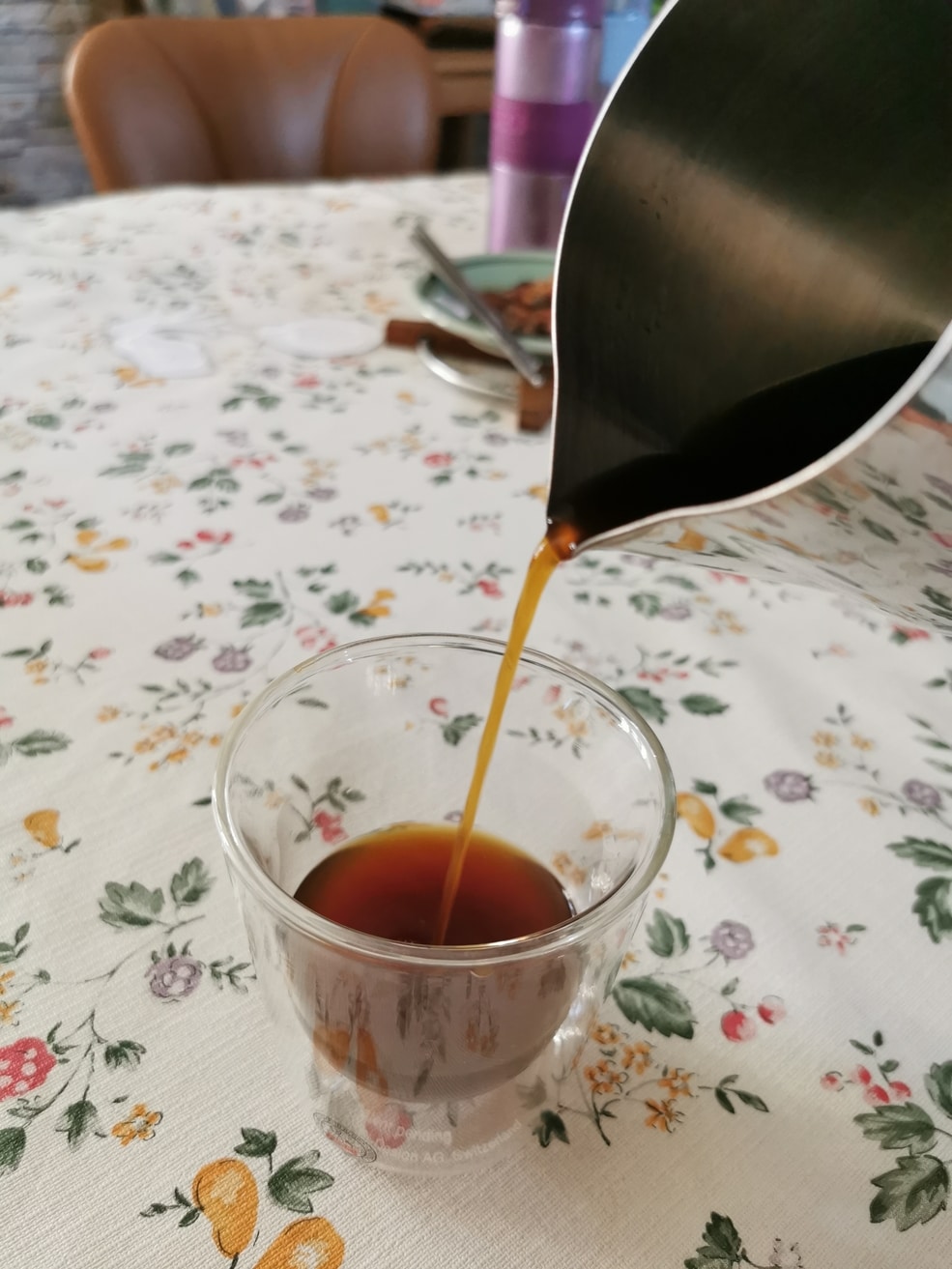
Actually, I have quite a bit of coffee-making equipment. I’ve tried using a Moka pot, pour-over method, clever dripper and Aeropress. You can use whichever fits your needs.
On weekdays, I don’t have so much time to adjust my water temperature and brew time, so I used the clever drip, as it is the most convenient.
All I need to do is grind the beans, add a paper filter, rinse the paper filter with hot water (to wash off the paper flavor), add the ground beans, add hot water, wait for the brew, and Voilà!! Your cup of coffee is ready to be served. Enjoy!







